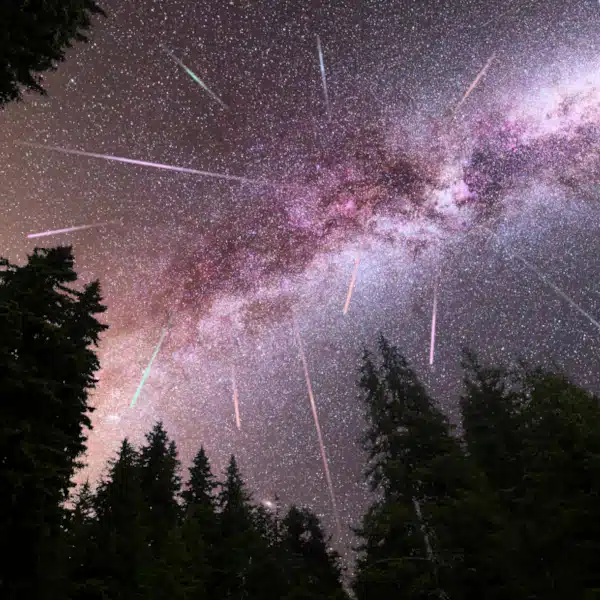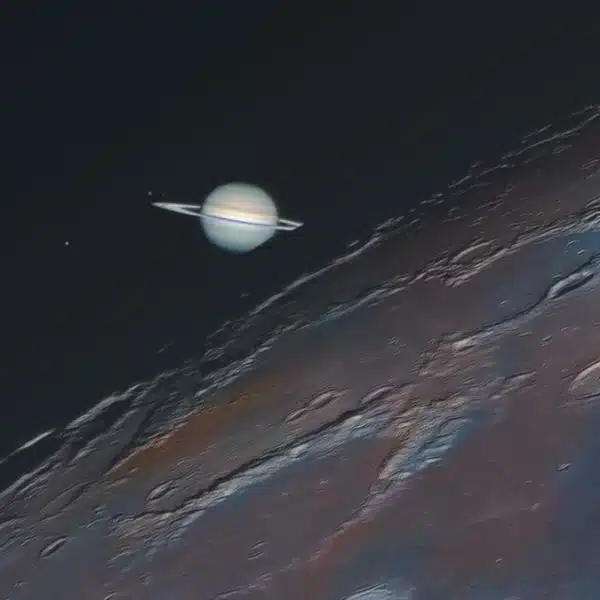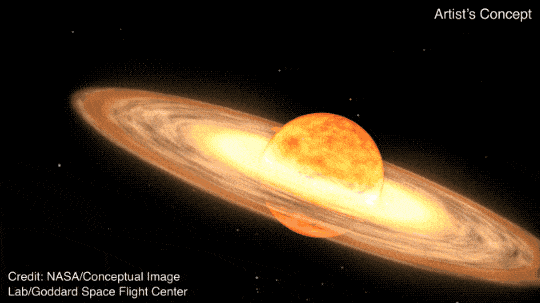
Image: NASA’s Goddard Space Flight Center
This year is full of exciting astronomical events. In just a few weeks, a good chunk of North America will get to see a total solar eclipse, which could also feature a green “devil comet.” Now, NASA has revealed that yet another stellar occurrence will take place later this year. The star system T Coronae Borealis, or T CrB, is predicted to experience a nova outburst, which would make it visible to the naked eye between now and September.
The nova outburst only occurs about every 80 years, and since T CrB last exploded in 1946, this could be the opportunity of a lifetime. The system is located 3,000 light-years away from Earth, and its light is usually magnitude +10—too dim to see without a telescope. However, the nova will make a jump to magnitude +2, meaning it will have a brightness similar to that of the North Star, Polaris.
Contrary to the supernova, which marks the end of a star's life, the nova only expels the outer layers of accumulated material. The energy thrust out of the star temporarily increases its luminosity several thousand times its normal level, providing us with a unique chance to see it.
“Once its brightness peaks, it should be visible to the unaided eye for several days and just over a week with binoculars before it dims again, possibly for another 80 years,” says NASA. T CrB is only one of five recurring novas in our galaxy, and its structure as a binary system with a white dwarf and red giant is what makes it go nova every 80 years.
“The stars are close enough that as the red giant becomes unstable from its increasing temperature and pressure and begins ejecting its outer layers, the white dwarf collects that matter onto its surface,” explains NASA. “The shallow dense atmosphere of the white dwarf eventually heats enough to cause a runaway thermonuclear reaction—which produces the nova we see from Earth.”
As its name suggests, T Coronae Borealis is part of the Corona Borealis constellation, or the Northern Crown. It can be spotted as a small, semicircular arc near Bootes and Hercules. When the nova occurs, it will appear as a “new” bright star. “Look up after sunset during summer months to find Hercules!” suggests NASA. “Scan between Vega and Arcturus, near the distinct pattern of Corona Borealis.”
Bradley Schaefer, professor emeritus at Louisiana State University told Astronomy Magazine, “This is the one big chance you have of seeing the brightest nova of the generation.” Since he points out that T CrB could go up any night or month now, it's best to stay updated and keep an eye on it.
The star system T Coronae Borealis, or T CrB, is predicted to experience a nova outburst, which would make it visible to the naked eye between now and September.
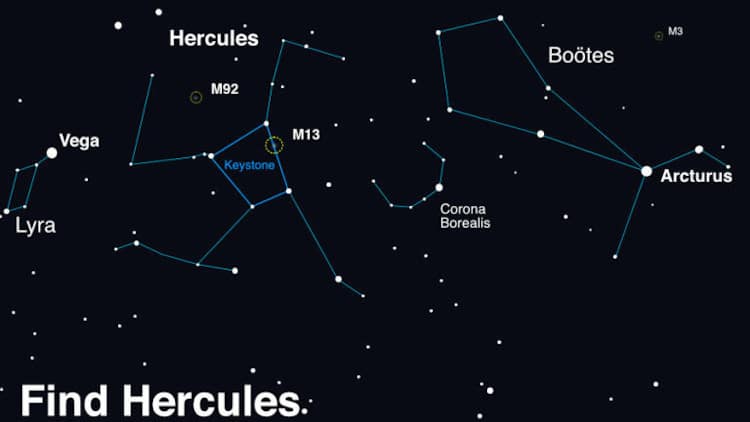
Image: NASA
“This is the one big chance you have of seeing the brightest nova of the generation,” Bradley Schaefer, professor emeritus at Louisiana State University. Here's how to find the Corona Borealis constellation, home to T Coronae Borealis, in the night sky:
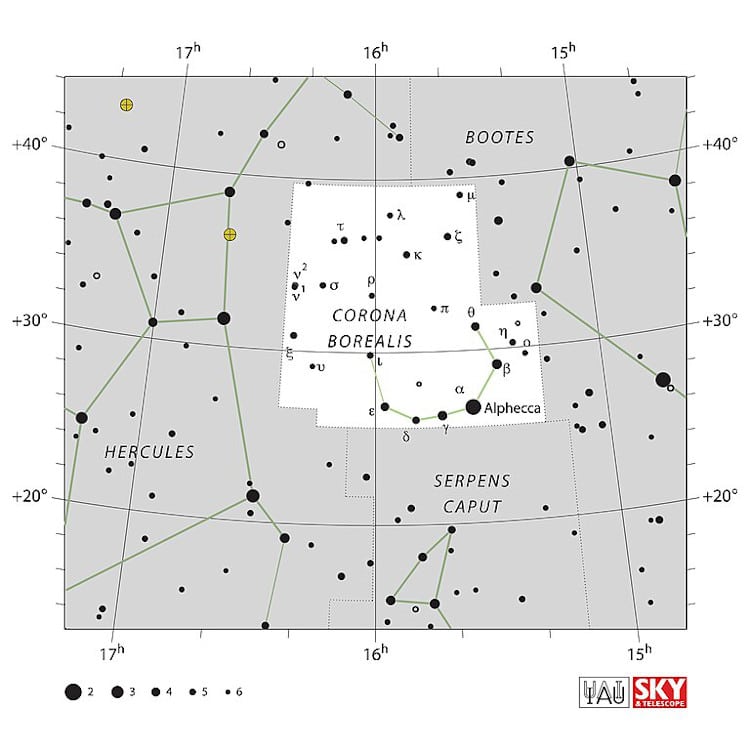
View of Granada War Relocation Center from the interpretive signs at the entrance. (Photo: International Astronomical Union (IAU) via Wikimedia Commons, CC BY 4.0)
h/t: [NASA]
Related Articles:
NASA Shares Photo of Distant Galaxies That Look Like a Penguin and an Egg
NASA Discovers New “Scorching” Seven-Planet System Orbiting Distant Star
Dark Energy Camera Captures a Breathtaking 1.3-Gigapixel Photo of the Remains of a Dead Star
Rare Star on the Brink of Going Supernova Photographed by the James Webb Space Telescope











































































